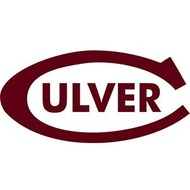
(View Complete Item Description)
“Classroom Ethics: Morality and Values for Teachers and Students” is a Salary Point Class for K-12 teachers of all subjects. The primary goal of the course is to promote good behavior, academic integrity, and social responsibility in our students. Further, the course will help our students develop their moral intelligence. The course will address a wide variety of issues related to the general topic of ethics and morality. It will touch on issues of philosophical, religious, and social values, examples of good manners and proper etiquette, the virtues of honor and honesty, as well as the California Content Standards in Language Arts, Social Studies, and Science. In addition to examining the development of respect, empathy, and tolerance in our students, the course will explore aspects of conflict resolution and service learning. As a fundamental component of the course, all participants will create a notebook of instructional materials and lesson plans to use in their work as teachers.
Material Type:
Activity/Lab,
Lecture Notes,
Lesson Plan
Author:
Randall Vail




















